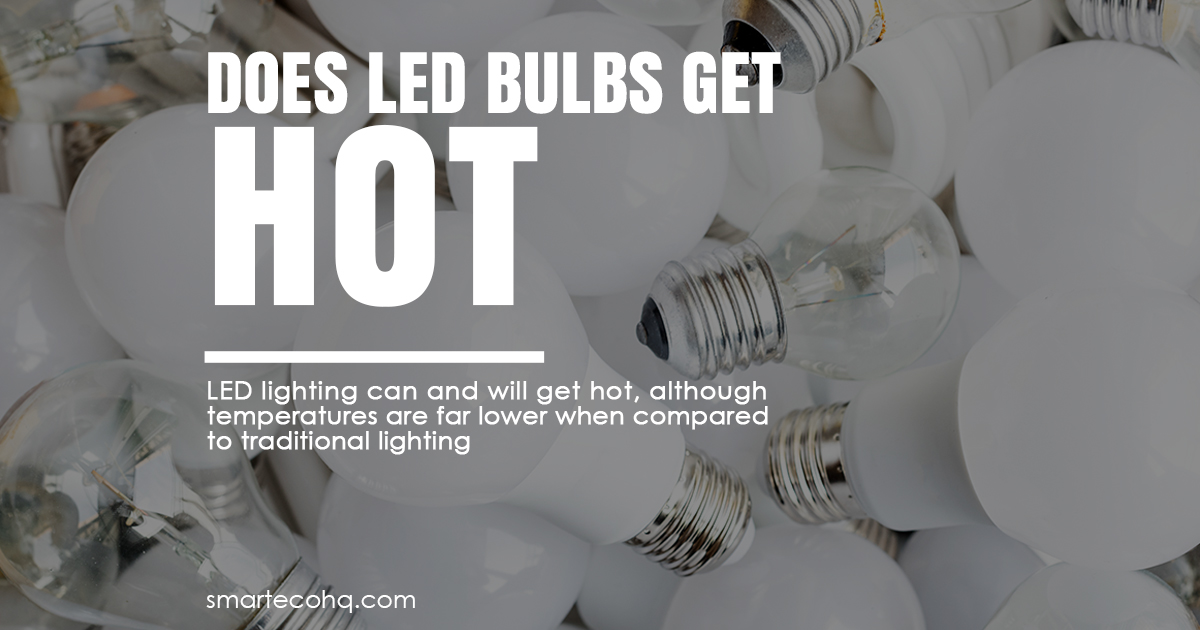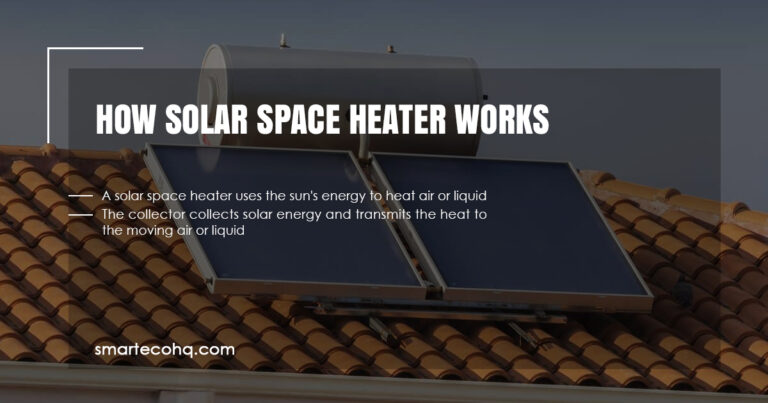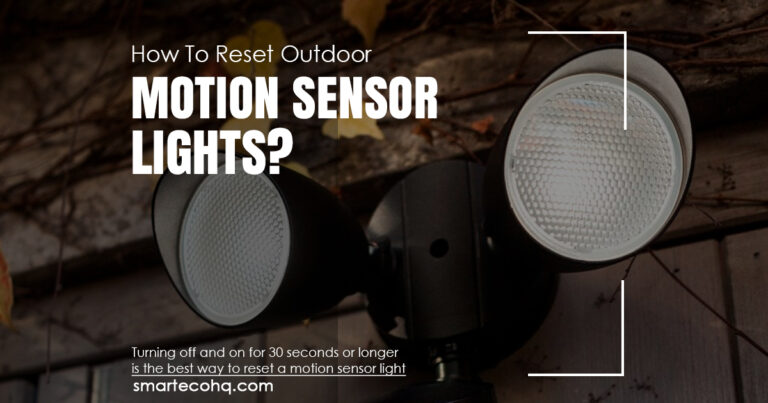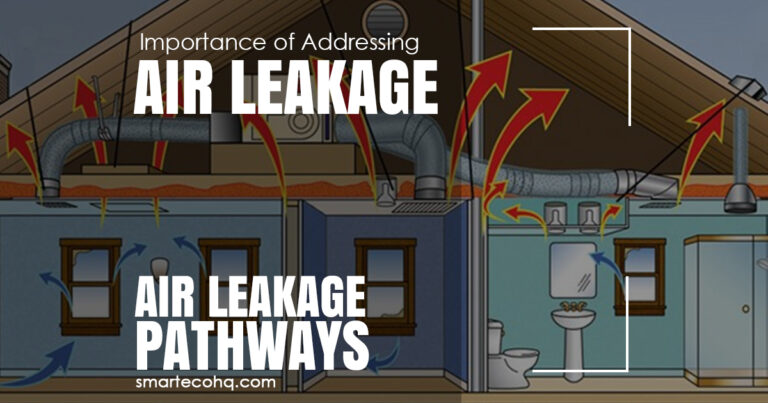Does LED Bulbs Get Hot

Does LED bulb get hot:
LED lighting can get hot, but temperatures are lower than traditional lighting. It also warms the surroundings, but the overall heat is significantly reduced compared to incandescent lighting.
LED bulbs have been rising in popularity due to their energy efficiency, long lifespan, and common environmental effects. The fact that LED bulbs do not become hot is a prevalent myth. This article will explore if LED bulbs develop heat and how this affects their performance.
Factors that affect LED bulb temperature
The temperature of an LED bulb can be affected by a number of things. Some of the most common are as follows:
Wattage – The more heat an LED bulb produces, the higher its wattage.
Overall Temperature – The temperature of the room or surroundings in which the bulb is located can alter its temperature. The bulb may become hotter if the room is heated.
Enclosed Fixtures – LED bulbs in enclosed fixtures or regions with limited airflow may generate additional heat.
Dimming – Dimming an LED bulb can change its temperature. LED bulbs generate more heat when they are dimmed.
Age – As LED bulbs’ components deteriorate, they may begin to create more heat.
Heat Output and LED Bulbs
While LED bulbs do not produce as much heat as incandescent bulbs, they do produce some heat. The electronic components inside the bulb, such as the driver & circuit board, generate heat. The heat output from these components, however, is substantially lower than that of incandescent lights.
Heat Dissipation In LED Bulbs
LED lights do not get as hot as incandescent lamps because of their greater heat dissipation characteristics. Heat sinks and other cooling techniques are used in LED bulbs to dissipate heat away from electronic components. This guarantees that the heat created by the electronic components is dispersed quickly and efficiently.
LED Bulb Heat Emission
While LED bulbs do not generate heat as a result of their illuminating process, they do release some heat. This is because LED bulbs contain a driver circuit that transforms the incoming alternating current voltage into direct current voltage, which powers the LED chips. As it functions, the driver circuit generates heat, which is dissipated through the body of the LED bulb. This heat is not as intense as that produced by incandescent lamps, but it is still present.
The quantity of heat radiated by an LED bulb is determined by several factors, including the quality of the driver circuit, the size of the bulb and the ambient temperature. Some LED bulbs have heat sinks or cooling fins to dissipate heat more efficiently, minimizing the risk of bulb damage and extending their lifespan.
Effects of Overheating LED Bulbs
LED lights’ performance & long lifespan might be harmed by overheating. Overheating might harm the LED chip and shorten its lifespan. It can also cause color shifts, causing the bulb to provide less pleasant light.
Overheating might lead the LED bulb to fail completely in extreme situations. As a result, it is critical to utilize LED bulbs within their suggested operating temperatures.
Can LED Lights Cause a Fire?
Because of their insignificant heat production, LED lights are unlikely to cause a fire.
“In comparison to incandescent bulbs, which can reach a temperature of 216 oC in just 3 minutes, LEDs will never reach a temperature that could cause a fire,” says Michael Meiser.
Whether improperly installed or defective, bad wiring can cause a fire.
“String & strip lighting may pose a higher risk because more lights are powered from a single source,” Michael Meiser says. ” To minimize the risk of a fire, avoid installing string or strip lights near flammable materials, install them in restricted areas, and make sure the electrical outlet is not overloaded.”
- Lighting is energy-efficient & available in a number of colors & brightness levels, making it suited for a wide range of applications.
- Compact fluorescent bulbs consume less energy and last longer, although they can take several seconds to warm up and achieve peak brightness.
- Traditional bulbs use more energy & have a shorter lifespan than LED & CFL bulbs.
Although LED lights are a safe and energy-efficient lighting solution, they can generate heat. Wattage, ambient temperature, enclosed fixtures, dimming, & age are all factors that influence LED bulb temperature. Overheating can reduce the performance and lifespan of LED bulbs, so it is critical to keep them within their optimum operating temperatures.






